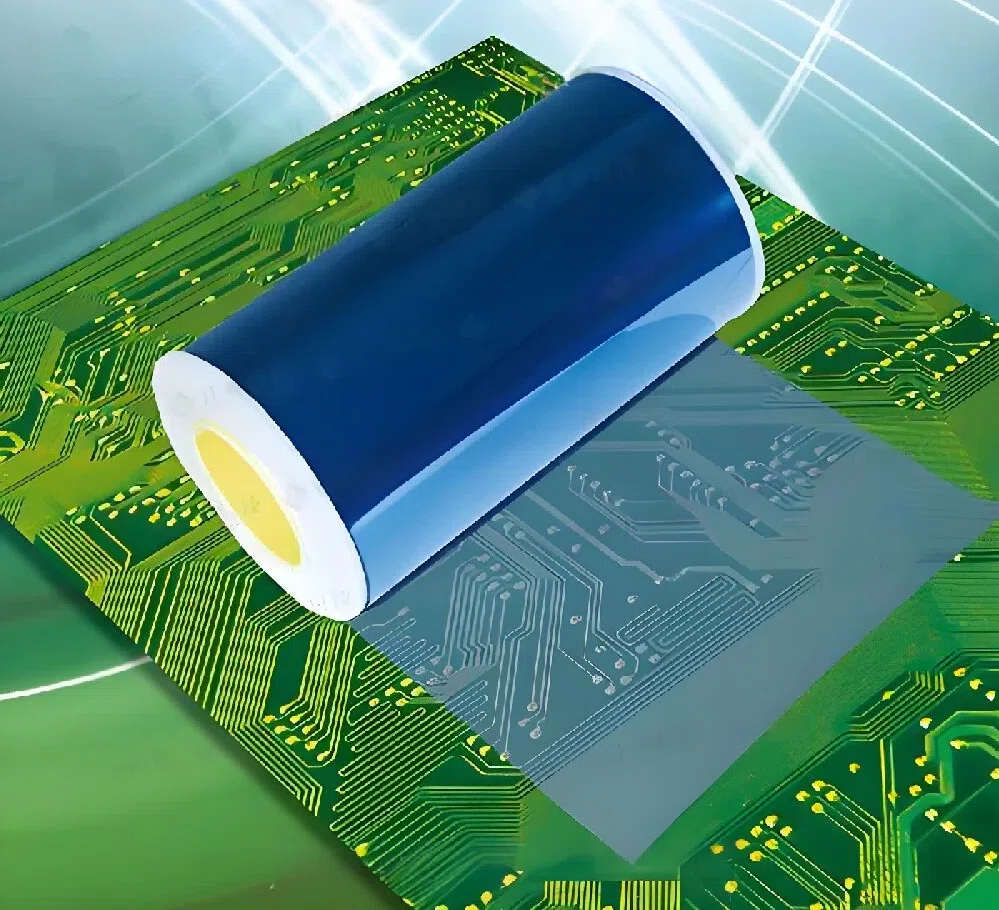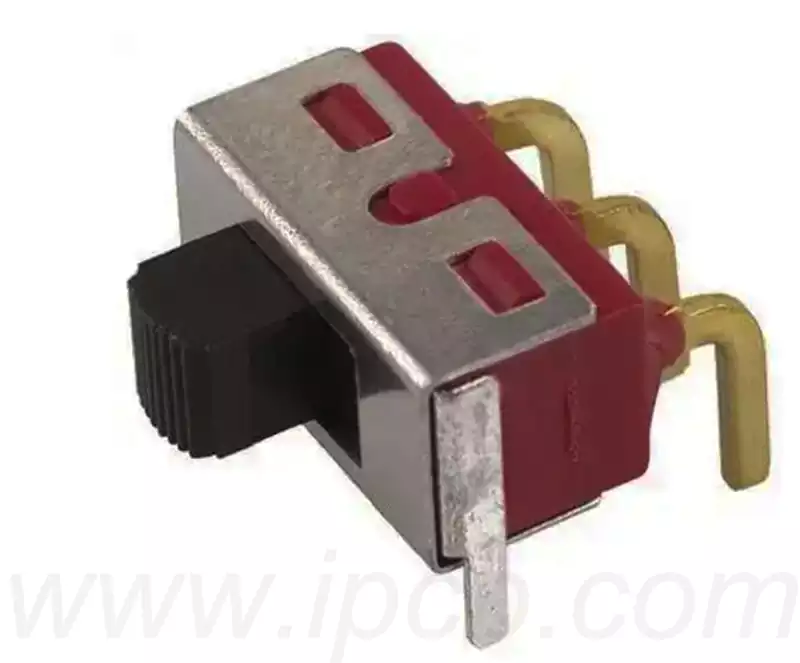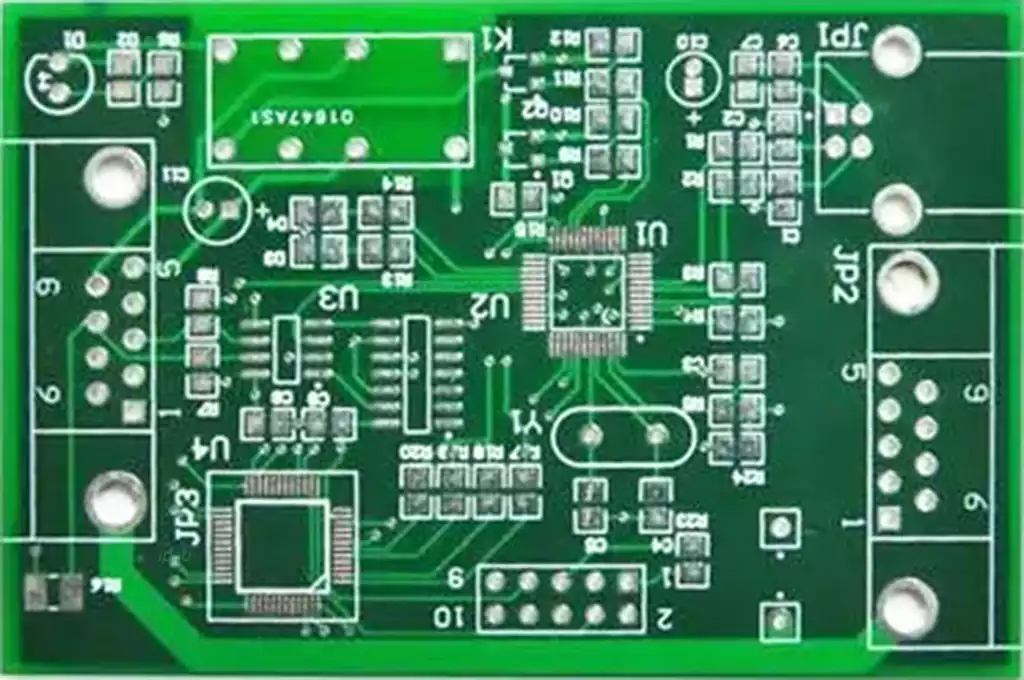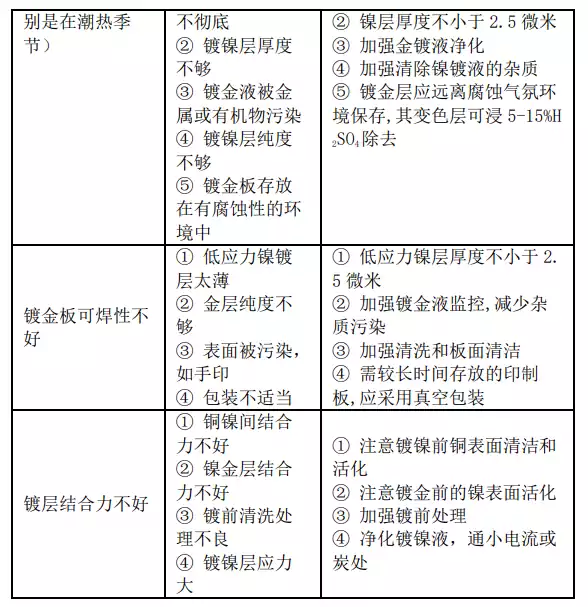Digital products refer to cutting-edge technological products made of special alloy materials using digital transmission technology. They can be operated through numbers and codes, and can be connected to computers. They are an important component of electronic products.
Digital products generally refer to data electronic products, such as data players, USB drives, smartphones, digital cameras, cameras, scanners, satellite receiving devices, televisions, and other machines that can be operated through numbers and encoding. All digital products require the use of PCBs as motherboards, and the PCBA manufacturing process completes the manufacturing of digital products.
Digital consumer products belong to consumer electronics, and their main feature is the application of digital technology. The main distinguishing feature of digital products is the exchange of binary data with personal computers. The most commonly encountered digital products in daily life are 3C digital products, which refer to digital products designed around consumer application needs and closely related to life, work, and entertainment:
- Digital imaging category: such as digital cameras, digital cameras, etc. It can take photos and convert the captured scenery into images or videos stored in digital format through internal processing. It uses fixed or removable semiconductor memory to store acquired images and videos.
- Portable audio and video categories: such as MP3, MP4, etc. This type of product usually has the characteristics of being lightweight and compact. In addition, it can also convert and play videos or audio stored internally through compression.
- Home audio and video products, such as digital TVs, DVDs, set-top boxes, etc. Usually used in conjunction with TV display functions, such as DVD, supports playback formats such as DVD, DVD-R/RW, CD-R/RW, etc. The multi-channel decoder is also relatively complete, with built-in decoding capabilities such as DTS, Dolby Pro Logic, PCM, and MP3. Compared to portable audiovisual products, this type of digital product has more powerful functions.
- Automotive electronics, such as in car GPS devices, in car radars, etc., are an important part of the car interior, such as in car GPS, which greatly facilitates travel and tourism.
- Smart home appliances: such as smart TVs, smart refrigerators, etc. The intelligence of household appliances has facilitated people’s home life. By setting in advance, corresponding operations can be automatically performed when reaching a certain state. For example, smart TVs can achieve functions such as timed on/off, recording favorite programs, and playback.
- Multimedia PC category: such as laptops, personal computers, etc. This type of product has strong interaction with people and high functional integration, providing guidance for the development of other digital products.
- Network communication: such as mobile phones, routers, etc. Connect to the network through specific interfaces or standards, and then utilize the rich resource library of the network to perform network operations.
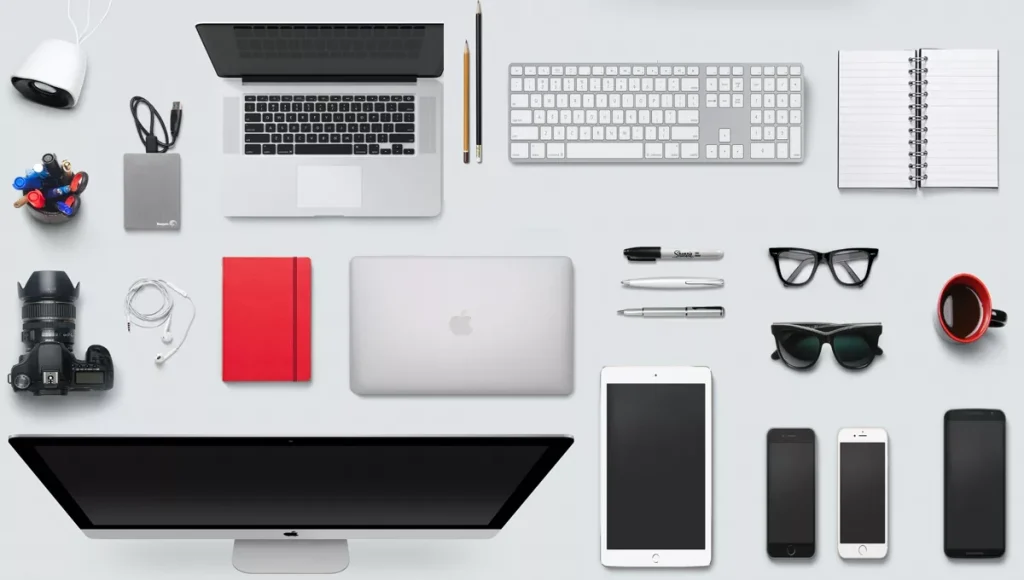
In addition to the features of security, reliability, economy, convenience, coordination, and comfort that digital products have in the past, today’s digital products also have features such as intelligence, networking, and communication, mainly reflected in the following aspects:
- Can convert text, images, or sound into digital signals, and use digital signals as storage and transmission media.
- After the signal is digitized, its transmission rate is high, so digital products have good data encoding and compression technology.
- The encoded video, audio, and other data signals are separately packaged and combined into a single serial bit stream, making digital products scalable, hierarchical, interactive, and network interoperability.
- The signal is not easily distorted during transmission, has high clarity, and can be connected to computers and networks for system upgrades.
With the improvement of living standards, people are increasingly concerned about the experience and feeling that products bring when choosing and using them. This requires designers to design digital products that can bring people fresh, novel, strange, inspiring, or exciting feelings and experiences.
The acceleration of people’s pace of life and the increase in life pressure make them tend to rely on things, alienate social interactions in reality, and intensify feelings of distance and loneliness. And this type of digital product is committed to bringing people emotions and fun.
Digital products also carry the role of young people’s self confirmation, self display, and personality display. Art pursuits can also be reflected in digital products.
In the design of digital products, the requirement for the materials used in product design is to be easily recyclable and to design products that can effectively separate components for recycling. Advocate green design, conserve and utilize resources reasonably, and make the most of renewable resources while avoiding environmental pollution as much as possible. Materials used in product design and production can also be reused in a new cycle design through combination design.
The biggest feature of today’s digital products is the acceleration of the digitalization process. Traditional analog digital products will gradually be replaced by new digital products, and the concept of digital environment construction such as digital homes and digital cities has also emerged. Moreover, it is difficult to draw a clear boundary between computer, communication, and consumer digital products. Obviously, due to the diversification and integration of functions, traditional classification methods have become difficult to define a product. In addition, domestic and foreign related enterprises have gradually strengthened the research and development of consumer digital products and market expansion.
The wireless networking between digital products and information products has become a trend, such as network television. In addition, technologies such as Bluetooth that help achieve wireless networking have become increasingly widely used, and personal computers, handheld digital assistants, mobile communication tools, automotive intelligent systems, and other consumer products can be connected wirelessly in the future.

Digital products are increasingly focusing on grasping consumer needs and preferences. For example, TV program managers can automatically store user favorite programs on the hard drive based on keywords or other instructions, and can also create personalized TV program menus according to user requirements.
